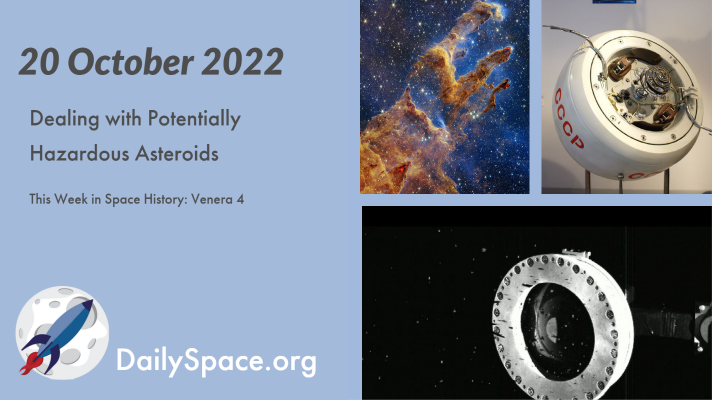
Oct 21, 2022 | Asteroids, Astrobiology, Curiosity, Daily Space, ESA, Galaxies, JAXA, JWST, Mars, OSIRIS-REx, Space History, Star Forming Region, Venus
A trio of asteroid-related stories crossed our emails this week: Bennu’s sample is on schedule for next year’s return, researchers have developed a tool to measure an asteroid’s density distribution, and 3200 Phaeton’s rotational period has accelerated. Plus, JWST’s new Pillars of Creation image, and this week in space history, we look back at Venera 4.
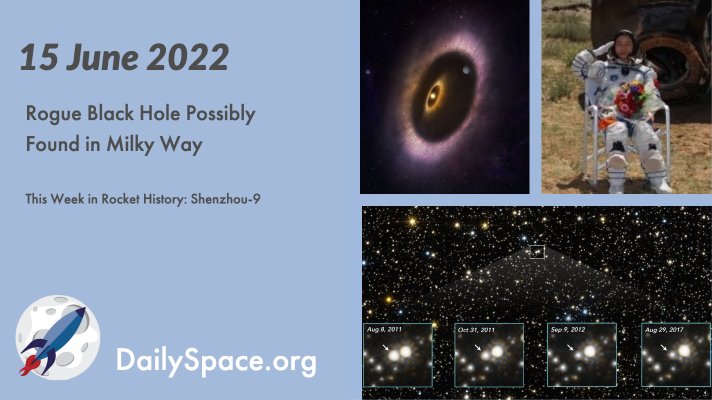
Jun 16, 2022 | Black Holes (Stellar), Crewed Space, Daily Space, Exoplanets, Moon, Random Space Fact, Rovers, Space China, Space History, Spacecraft, Stars, Venus
After six years of Hubble Space Telescope observations and the hypothesis that millions of black holes exist in the Milky Way, scientists have finally found direct evidence for the existence of one such black hole. Plus, planetary formation, a wandering star, and this week in rocket history, we look back at China’s first crewed space station docking.
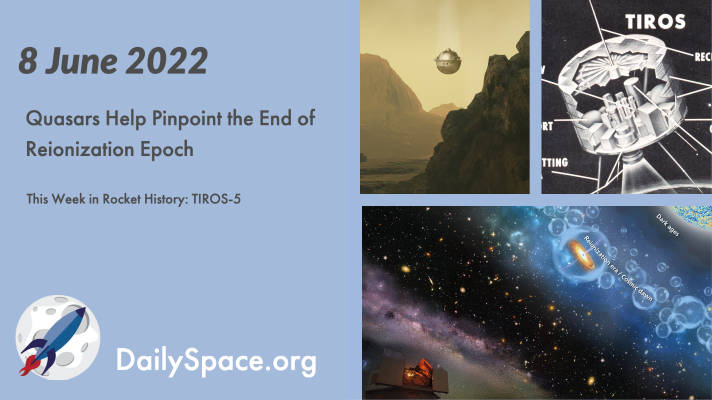
Jun 9, 2022 | Cosmology, Daily Space, Earth, Galaxies, JWST, Mars, Space History, Spacecraft, Venus
Using the radiation signatures of quasars, scientists have determined when the era of reionization ended in our universe – about 1.1 billion years after the Big Bang. Plus, an update on NASA’s MAVEN spacecraft, new Hubble and Chandra images, and This Week in Rocket History is the TIROS-5 weather satellite.
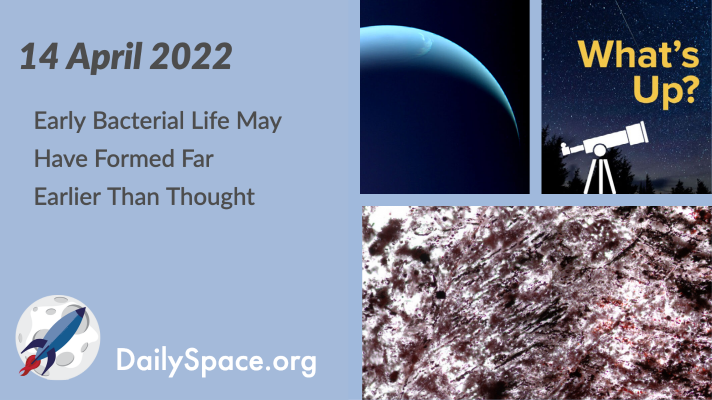
Apr 15, 2022 | Asteroids, Astrobiology, Comets, Crewed Space, Daily Space, Earth, Galaxies, JWST, Lucy, Mars, Mercury, Moon, Neptune, Saturn, Sky Watching, Stars, Supermassive Black Holes, Venus
An analysis of microscopic features in rocks from the Nuvvuagittuq Supracrustal Belt in Quebec, Canada, which date back between 3.75 and 4.28 billion years, finds evidence of possible microbial life. Plus, a supermassive black hole precursor, temperatures on Neptune, check-ins with various spacecraft, and our weekly What’s Up segment.
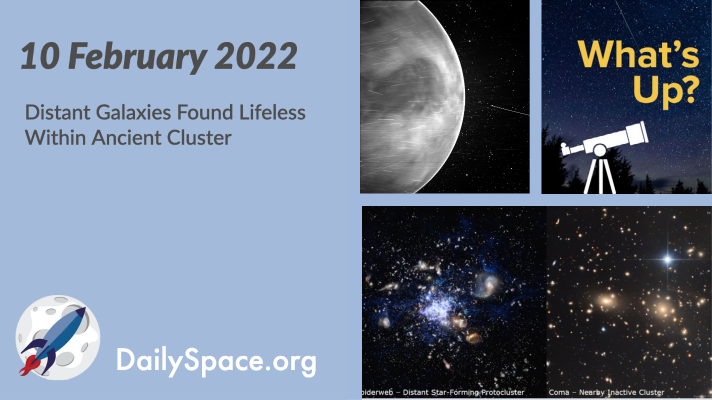
Feb 11, 2022 | Daily Space, Exoplanets, Galaxies, Sky Watching, Spacecraft, Venus, White Dwarfs
Defying expectations, an ultramassive galaxy and many of its cluster companions had already formed most of their stars and become inactive only two billion years after the beginning of the universe. Plus, the nightside of Venus, a new exoplanet for Proxima Centauri, and What’s Up.
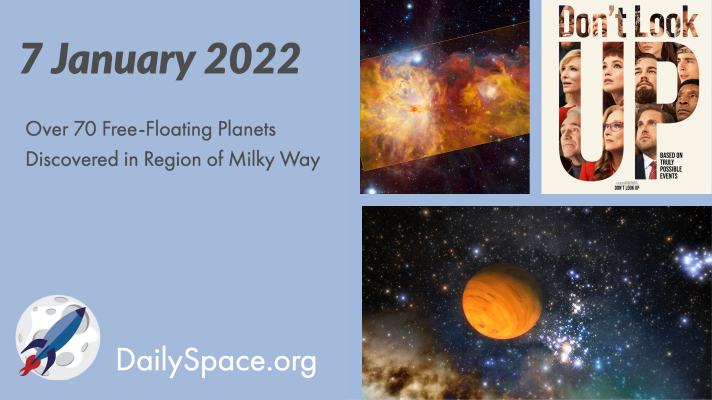
Jan 8, 2022 | Active Galaxies, Astrobiology, Daily Space, Exoplanets, Nebulae, Observatories, Rockets, SpaceX, Star Forming Region, Starlink, Supernovae, Venus
Scientists examined over 80,000 images from large telescopes and their sensitive instruments and found over 70 free-floating planets with the possibility for even more. Plus, a red giant supernova, new images of the Flame Nebula, and a review of Netflix’s “Don’t Look Up”.








 We record most shows live, on Twitch. Follow us today to get alerts when we go live.
We record most shows live, on Twitch. Follow us today to get alerts when we go live.